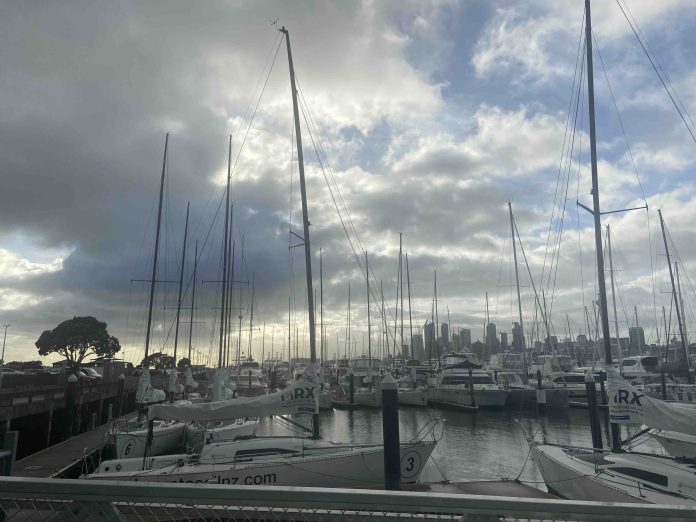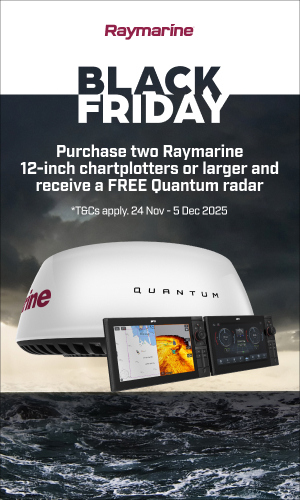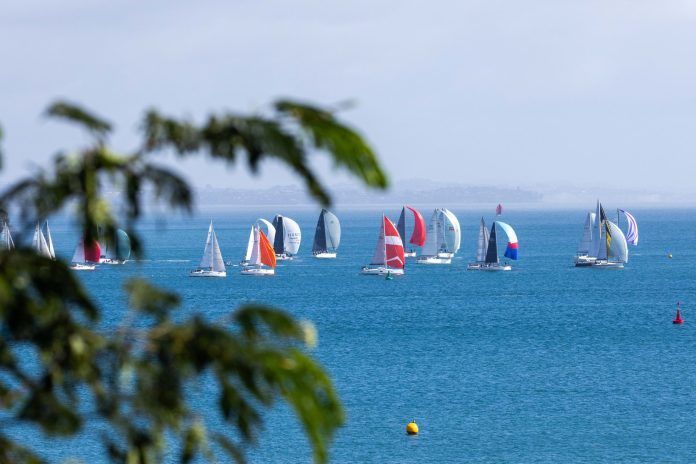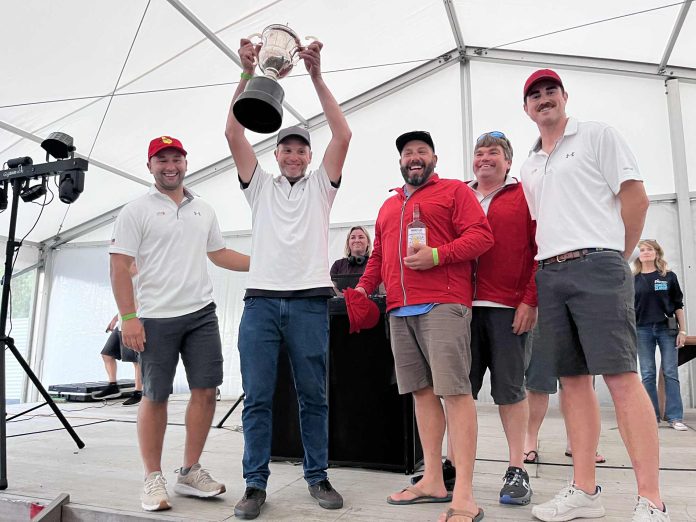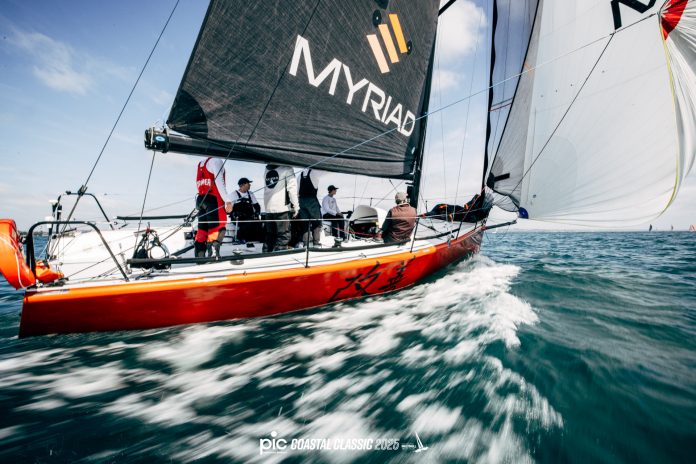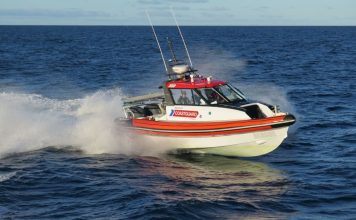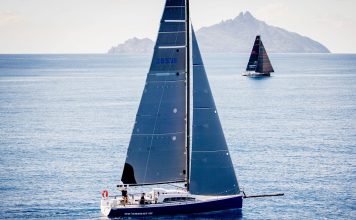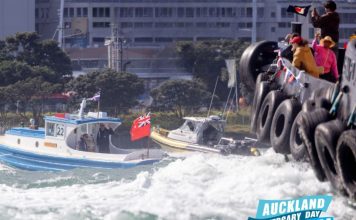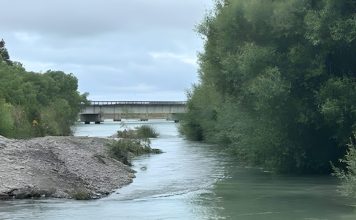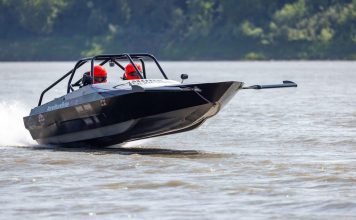Conditions at a glance for the PIC Coastal Classic 2025
The sky over Westhaven tells a mixed story. Look one way and it is blue. Look the other and heavy grey sits on the horizon. Forecast models cluster around 6 to 8 knots for the 10 o’clock start, with cloud but no rain expected. Out through the harbour and into the Hauraki Gulf, the pressure may nudge closer to 10 knots for a time before easing again as boats work north toward Kawau. If the afternoon fades as indicated, late-race breeze could sag to around 5 knots. That sets up a patient, low-drag race where clean air and smooth transitions matter.
Fleet mood and form
The marina is already busy. Crews are loading, lists are getting their final ticks, and you can feel the shared anticipation. Lucky’s team were upbeat last night. They will go hard if the pressure holds, still thinking about what is possible on elapsed time if lanes open and angles work. The honest truth though is that a record requires more pressure than most models show today. Expect a measured start, bow-down modes on the reaches, and short-tack patience along the shoreline when shifts dictate.
It is also a wonderful morning for the younger sailors. We have early images of SV Thistle’s crew, keen and organised, sliding through the Squadron precinct. They had their menu sorted before sunrise, proof that calm planning is often the best speed. These are the trips that build lifetime sailors.
Race shape if it stays light
In 6–8 knots at the line, expect conservative time-on-distance calculations and plenty of room to accelerate. Through Rangitoto Channel, lanes will compress. The teams that hold pressure rather than over-tack will gain. If 10 knots appears briefly in the inner Gulf, watch for boats stepping into higher modes to protect lane and keep rudder angles small. As the day wears on and the wind softens north of Kawau, VMG discipline becomes everything. Keep the boats flat, minimise manoeuvres, and trade height for speed only when numbers prove the gain.
If the fade arrives, the evening could stretch. Seven hours was the optimistic early hope. A finish before 10 pm is now the realistic target for the quickest boats, with a longer night likely for much of the fleet. It will reward patience, tidy crew work and quiet boats.
On the ground, on the water
Our team is split to cover the story cleanly. We are reporting from Westhaven as the fleet casts off and heads for the line. Kirsten is afloat on the chase boat to capture the start and the early moves in the Gulf. Once the fleet is away, we will shift north to Russell to prepare for the front-runners. Expect rolling updates, then finish-line coverage as the first boats arrive.

What to watch between the gun and Russell
- Starts in sub-10 knots: Watch the boats that build speed early and protect it through the first turns.
- Pressure lines: In light air, even half a knot is gold. The winners will sniff out narrow bands and ride them.
- Manoeuvre discipline: Tacks and gybes are expensive today. Expect low counts from the smart teams.
- Transition north of Kawau: If the breeze steps down, layline judgement becomes decisive.
- Lucky’s pace profile: If any boat can turn a light-air day into a fast passage, it is Lucky, but the numbers must cooperate.
Boating New Zealand will track the fleet from start to finish, with updates as the race story develops. Chris is today’s (well, this article at least) keyboard warrior, and Kirsten is on a chase boat on the Waitematā Harbour getting unique photo and reporting content. Suellen, is on the water and taking photos, which we will have a bit later on, and the PIC Coastal Team has a drone in the air – that will provide excellent footage that we will get access to, through the day.
Set your expectations for a tactical Coastal in classic Kiwi spring conditions, with plenty of time for decisions to add up. If the pressure holds, we will get a sprint. If it fades, we will get a chess match. Either way, the PIC Coastal Classic 2025 is on, and the coast is calling.








